|
The Provincial Agreement has been signed. This means that there are sixty calendar days until our retro payments are due, making their deadline August 9th, 2024. If this deadline is not met, interest will begin to accrue from this date.
How do you know if your retroactive pay is correct? A couple of points:
For example, a High School teacher was on parental leave. For the weeks where only QPIP was received, no retroactive salary will be paid for this period. There was no salary from the school board earned during that period, to be subject to the pay increases. For the period where she was back at work, retroactive pay will be calculated. Another example would be a part-time teacher who had two weeks of no work between contracts within a year. This teacher would not earn retroactive pay for those two weeks of not working, so their payout would be lower by 5% (10 days out of 200 not worked). There was an increase in substitution rates. Therefore, casual supply will generate a retroactive payment. The provided calculations have two red columns, one for each raise that occurred. The second red column accounts for the fact that the retroactivity from April 2024 is only for 8 of a year’s 26 payments, not a full school year. The total of these two columns is the teal column at the far right, which is the approximate gross* repayment that someone on that step can expect, based on a full 100% workload. *Gross amounts calculated are before any deductions are made. All retroactive payments will be subject to all deductions usually taken off of every paycheck (varies by teacher). The commun front has released a document outlining the new agreement. Here are some highlights. Find the complete document here.
The three confusing categories of work that aren’t teaching…. OPD or Other professional duties (workload described in provincial and local ententes) Comp time or compensated time (from local entente) Value added (from provincial entente) So you are on a committee or running a student musical or another non-teaching activity, where does it fit? The first question to ask is approval from your administrator. Do this before embarking on any activity. Activities outside of the classroom that involve students require administration and governing board approval well in advance. Personal projects, PD and Committees have various manners of being selected, assigned or elected to. What they all have in common though is that your administrator is aware of your involvement before it occurs. Once that’s settled comes the question of which of 3 possible categories does the activity fit in? There are some hard rules.
Any activity that does not involve students can be OPD or Comp Time. The decision of where certain activities fall should have been discussed at the school council. Generally, most schools have a culture of which committees and activities are workload and which ones are not. Workload or not?
If an activity is OPD it is part of your yearly workload or what you are doing to earn your salary. If it is comp time it is extra for which you receive time off, up to three pedagogical days. If the activity is value-added it is also not part of your workload and you will receive a modest monetary remuneration at the end of the school year. How much money for value added? A whole other article worth of explanation. How much time off? 20 to 39 hours of activity = 1 pedagogical day 40 to 59 hours of activity = 2 pedagogical days 60 + hours of activity = 3 pedagogical days Can I take them whenever I want? No, your admin gets final say. They cannot block you from taking them, but can decide the when and how of it. They can require that you take two half days instead of one whole day. The days are usually the last pedagogical days at the end of the school year. Does that mean someone else will do my report cards/marking/close my classroom/tidy my desk? No, you must complete all your workload duties before taking the comp time. How does group insurance work? We all put money into a pot. Whenever someone from the group needs to cover an approved expense they take money from the pot. The fact that we are a large group of people paying into the same pot means we can each contribute a moderate amount, but have access to large amounts of money if something goes wrong. In order for this system to work there are rules about how much must be kept in the “pot” in order to adequately cover the expected claims. These amounts are calculated based on a series of factors. Some of the factors include: historic claim levels, current long term commitments to claimants, the level of risk in the population insured and others. Some factors that raise our contributions are the small number of teachers in QPAT and the fact that our employers make no contributions. Every penny paid out by IA is a penny paid in by a teacher. The fact that there are no contributions to the health plan from the government is why our insurance is more expensive than many others. Most Industries subsidize health premiums as one of the non-monetary benefits of a position. The insurance benefit we receive from the school board is 2 year salary insurance in case of illness. Teachers do not pay premiums for this, it is separate from our QPAT health insurance. Why does a separate company manage the insurance funds? Insurance is an industry unto itself. It has a large number of regulations and legal obligations. In addition, even a small group like QPAT generates hundreds of claims every week, and dozens of complicated unique situations a month. QPAT has an executive who’s dossier is to facilitate between teachers and IA in the complicated cases. QPAT retains its focus on teachers by hiring specialists to deal with the legalities and fiscal obligations. Does the company ever change? QPAT goes to market roughly every 4 to 6 years to reassess the company that manages the insurance fund. The companies describe their services and capabilities and fee rate. QPAT then considers the bids and decides whether to continue with the current servicer or switch to a new one. Not all insurance companies are interested. There can be interesting roadblocks, for instance the insurance servicer must work with the GRICS pay system, and many do not want to. Where does any extra money go? Nowhere, it stays in the fund, or back to teachers as a premium holiday. How does the insurance servicer make their money? The insurance servicer makes the same money regardless of the claims accepted or denied. The money in the fund is never theirs. They earn a set fee, normally a percentage based on the size of the fund. Larger funds will have more participants and therefore more claims to process hence the percentage model. Denying claims does not earn them extra money. Who decides what is covered under QPAT insurance? QPAT. The process is initially discussed at the membership plans committee, who makes a recommendation to the executive committee, who makes a recommendation to the board of directors. The board of directors can make a final decision, but can also redirect it to the AGM meeting if a consensus cannot be reached, or the issue is deemed a major change. The point of the different committees is to try and weed out any really bad ideas and ideally also to prevent groupthink. Each of the committees have a different composition from union staff to local union executives that sit on them. There is no limit on what the plan can theoretically cover, but all additional coverage comes with an associated premium amount. For instance, dental coverage causes a large premium increase. There is a legal obligation to have money in the fund to cover the claims. Why do our premiums go up most years? The insurance servicer reviews the claims that were made in the previous year and uses that to estimate the likely financial needs of the fund in the following year. By law, they are required to estimate high. Also, certain types of claims carry higher fiscal responsibilities. For instance, long term disability claims require that the fund have enough money set aside to cover the claimant until their 65th birthday. If the claimant returns to work, then that obligation ends. The fiscal responsibilities increase and decrease based on the health of our teaching population. Over the last few years there has been an increase in the claims that carry heavy long-term fiscal responsibilities for the fund.The premium increases occur in January. Who is responsible for insurance paperwork? The teacher for claims and the school board for changes in enrollment. It’s the school board's job to provide you with the forms and forward them to IA for any changes to usage of the insurance plan. The easiest way for teachers to submit claims is through IA’s client space, if you have registered for it. You can upload photos of receipts and register for direct deposit.
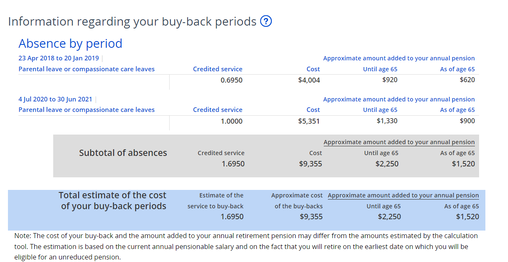 You just found out that you are pregnant or that your wife or partner is expecting. What an exciting and overwhelming time in your life! You may feel like you have a lot to do and you are not sure where to start. First the main concern for non-permanent teachers: Rights of teachers on priority of employment or recall lists The school board must, based on your ranking on the list, call you and offer you the same position you would have been offered had you not been on leave. Once you accept the position the board must grant you your maternity leave or a leave-of-absence without salary and find someone to replace you. If you return to work before the end of the year you must be reintegrated into your position. If you are replaced you will accrue the hours associated with the position you accept while on maternity leave. Regular and replacement teachers continue to benefit from: health insurance, accumulation of sick-leave days, accumulation of seniority, accumulation of experience, accumulation of continuous service of job security, recognition of pensionable service for my retirement plan, the various insurance plans under which you are covered, provided you pay the premiums. (Rights during Maternity, Paternity, or Adoption Leaves, and Extension without salary (5-13.22)) Let’s break the process down into steps. The first step depends on whether or not you are pregnant. STEP 1 – For Expecting Mothers Who Are Teachers
STEP 1 for non pregnant parents Go straight to step two! STEP 2 Decide on QPIP options You have time to figure this part out. The board and QPIP only need to know about your decision closer to the due date, estimate about a month before you need it to start. Parental benefits are made up of some money from QPIP, and some money from RSB. https://www.rqap.gouv.qc.ca/en/about-the-plan/benefit-calculation-simulator Things to consider when selecting your plan: Will you be sharing the leave with your partner? What do your finances look like? When to start it? What does daycare cost? Parental leaves are paid for by QPIP. For a certain number of weeks depending on type, the school board also pays you a portion of your salary. THese weeks that RSB pays count as you “working” for your summer pay. After the time when RSB pays you, you will only receive QPIP income. At this point RSB considers you on leave without salary to extend your parental leave. This means you're responsible for your pension contributions (buy-back) and your insurance fees (sent to you from iA). This leave without pay can be extended, but QPIP does end. There are two basic models of QPIP, both topped up by the school board initially. One is longer, but lower pay. The other is shorter with higher pay. In both cases maternity leave can start anywhere between 16 weeks prior to the due date to 6 weeks after the birth to receive full benefits retroactively. Paternal leave can be any consecutive set of weeks, during the first year. Adoption leaves are shared between partners. Leaves must be taken within 78 weeks of adoption. They can start 5 weeks prior to adoption for international adoption. Adoptive parents also have the right to the five-day leave related to the birth of the child. What if the leave overlaps the summer? Deferred Summer adjustment Pay If your maternity, paternity, or adoption leave falls in July and August you can ask to defer your four weeks of annual vacation pay. This deferred pay can be used to extend your “top ups” from the school board beyond the normal number of weeks. This will give you up to 4 extra weeks of “topped up” from the board at the end of your leave but still needs to fall within the weeks prescribed by the QPIP. Step 3: Notify QPIP and HR You need to inform the government and school board at least 3 weeks in advance of your expected due date. Leave Related to the Birth of the Child – 5 paid days (for non-pregnant expectant parents) This leave will require a medical certificate to be used. The medical certificate can either be provided in advance, or retroactively. A new father (teacher), female partner (teacher) whose partner gives birth, and teachers adopting are entitled to five working days (these need not be consecutive) paid by their school board at 100% between the beginning of labour and the 15th day following the return home of the partner or baby. STEP 4: Bond with your child STEP 5: Coming back to Work The timing will vary depending on when your leave ends. The school board usually sends you an email requesting to know what your plans are for your return to work as your leave approaches the end. Expect this email around a month before they expect you back. Progressive return As you approach the end of your leave you can look into the option of part-time leave without pay. This allows you to return to work and have more time at home with your young baby if you feel the need or desire too. Just a reminder anything over a 20% leave you will require to buy back your pension at the end. Buy-Back your pension The term buy-back your pension means that you can catch up on your pension contributions. With every pay both the employer (School Board) and yourself contribute to your pension. When you are on leave without pay, no one is contributing to your pension (not you, or the School Board). That is why when you return to work after your leave without pay, we strongly recommend that you buy-back your pension. “Buy-back allows you to pay to have a leave of absence recognized when you did not contribute to the plan originally. It increases your contributory years (service for calculation), thereby increasing your pension benefit when you retire.” (QPAT Basic Pension Information for QPAT Members p.6). Buy-backs related to parental rights cost less than any other buy-back because you only have to buy-back your portion, not the employer’s. They are required for the time you were receiving only QPIP payments with no RSB contribution. You fill out a form to apply for a buyback. The form goes to RREGOP who will send you a letter outlining how much the buyback will cost and your options to pay for it. If you do not accept the proposal within 2 months, nothing happens and you need to reapply to buyback. There can be tax implications regarding RRSP contributions. In addition, buy-backs tend to get more expensive the longer you wait. Links for the buyback form, guide book and estimator. estimate tool: https://www.retraitequebec.gouv.qc.ca/en/services-en-ligne-outils/Pages/estimation-du-cout-de-rachat-de-service-rregop-rrpe.aspx Estimator tips: In step 1 your pensionable income is your gross income minus 15400 In step 2 just put in 200 days, and it will give you an error message with the maximum number of days you could have been off in the time period. form: https://www.carra.gouv.qc.ca/ang/formulaire/pdf/RSP-727-ABS_en.pdf?_ga=2.167379769.686149603.1638376650-675478901.1637605681 brochure: https://www.carra.gouv.qc.ca/pdf/4050a-Rachats-service.pdf?_ga=2.175975333.686149603.1638376650-675478901.1637605681 Helpful definitions for terms that will come up: School Board Definition of Maternity, Paternity, and Adoption Leave Maternity Leave (5-13.06) from the board is your first 21 weeks, as per our collective agreement. During these 21 weeks RSB will be supplementing your QPIP benefits so that you receive close to 90% of your regular salary. The following weeks (22 and on), depending on the plan you choose, is a leave-of-absence without salary to extend your maternity leave This basically means that you will only be receiving money from QPIP and no longer receiving RSB supplements (top up), nor will you be paying into pension contributions. We encourage you to buy back your pension contributions for your maternity leave without pay, as soon as possible, when you return to work. Paternity Leave (5-13.31) (fathers or female teachers whose partner/spouse gives birth) is 5 consecutive weeks with the QPIP basic plan, 3 consecutive weeks with the QPIP special plan. During these weeks of paternity leave you will be receiving QPIP and RSB benefits averaging about 100% of your salary. If you take more, we encourage you to buy back your pension contributions for your paternity leave without pay, as soon as possible, when you return to work. Adoption Leave (5-13.52) each parent is entitled to 5 weeks on the basic plan or 3 weeks special plan. During these weeks a teacher will be entitled to receive QPIP and RSB benefits averaging about 100% of your salary. If you take more, we encourage you to buy back your pension contributions for your paternity leave without pay, as soon as possible, when you return to work. For more detailed information you can consult the QPAT QPIP booklet and contact RTU or RSB HR.  All numbers/ages in this article can be changed any time we go into provincial negotiations. If you are more than 20 years from retirement take all this information with a grain of salt, it will undoubtedly be different by the time you are retiring. In the 1970's a group pension plan was created in Quebec that all education, health and social sector employees belong to. It doesn’t matter if you are full time, part time or casual supply. Any work you do in the education sector before the age of 70 or 40 years service contributes to your pension from RREGOP. You cannot opt out of the pension fund. There are two main parts to consider when thinking about pension: How much will I get? Will I be penalized for retiring early PENALIZED!? Yep, if you retire earlier than the pension plan allows you will have your pension reduced by a percentage for every year you leave early. Currently you need to be 61 years old or have 35 years of service. The last option is being 60 with 30 years of service. This requirement of years of service is why there are two numbers you need to be concerned about. If you’ve always worked 80% or higher, these two numbers are the same. Otherwise: Years of credit for calculation of pension amount: Every year you receive credit for the same percentage as your contract or the percentage that your taught hours correspond to. Full time teachers and teachers at 80% and above receive a full credit. Part-time teachers receive a partial year credit. These can be bought back as they are based on contributions made to the pension plan. Years for eligibility There are several situations that even if you only accrue part of a year for pension calculations you still receive a full year of credit for eligibility. For instance most sick leaves and parental leaves are credited fully for eligibility. So how much money does someone get? 2% x calculation years x average of best 5 years = pension If you have not met the requirements to retire (age or years of service) your pension will be reduced by 6% per year you are missing in age. This penalty is applied after the calculation above. So how much do I pay every year? Contributions are calculated off of your yearly earnings minus an amount specified yearly by RREGOP. You pay 10.33% of this adjusted earning amount. There are situations under which you are exempted from contributions. These periods count as if you had paid then. This is usually due to a recognized disability of some kind. There are many mitigating factors in pension calculations. The best people to contact about your specific case are RREGOP themselves. All information taken from and more details can be found at: https://www.retraitequebec.gouv.qc.ca/en/publications/rrsp/rregop/Pages/rregop.aspx  Teaching is an odd profession. Most if not all “promotions” require a person to stop being a teacher. This reality makes these changes more daunting than for many other professions. There are many people who are livelong teachers and will never consider a “promotion”. That’s a valid choice, teach on! If you’re wondering about the options inside the board, read on! There are two main types of promotions that are seen as a natural progression from teaching within a board. They entail different job duties and should be considered if you enjoy the respective types of work. Administration: The main role of a principal is to be a manager. We call them educational leaders and describe the vision we want them to have of schools and education, but at the end of the day can they manage people? Do you like people? Can you give clear direct feedback in a sensitive and respectful way? Can you advocate for your staff at the school board? Are you comfortable with uncertainty? Can you let go of control and give others autonomy? Are you comfortable with conflict? Can you meet deadlines and organize your time? Consultant: There are several types of consultant positions. In general, what they have in common is supporting teachers. These positions involve developing materials and tools to help teachers in their classrooms. These roles are non managerial. That means you can’t actually tell anyone what to do. Your job is to listen to the needs of specific teachers or groups of teachers and find ways to help them. Either with suggestions of methods, strategies or other implementable options. This a good choice for people that like people and research. Consultants should also have a thick enough skin that they don’t take things too personally. A rejection of a method/philosophy/idea should be water off a duck’s back to them. Once you’ve considered your career path, you still don’t know if you’ll enjoy the new position. Often, we like the idea of something more than the reality. There is an agreement in the RTU local that gives you some grace time to try out a non-teaching position. Temporary positions can be tried out for up to 2 years without losing tenure. Permanent positions can be tried out for 1 year without losing tenure. This means that you retain your fulltime permanent position, and your post at your school. In either case you have one further year where you retain your permanency, but not your school post. After that year you lose your permanent position, but come back at top of the recall list. After 3 years, you start back at the bottom. These grace years are not part of the provincial agreement. They are part of the RTU-RSB locally negotiated agreement. The RTU has accepted these clauses as membership has shown a desire for them. The hope is that it will allow for a higher quality of administrator and consultant. In general, RTU and QPAT do not like permanent positions being held by people who are not teaching. No one wants half the permanent positions in a board being held by the administrators and consultants indefinitely. That would mean around 60 permanent positions would be held until retirement by non-teachers, that RTU and QPAT do not represent. Remember, once you leave teaching RTU and QPAT no longer represent you. RTU and QPAT membership is based on professionally teaching, not teaching as an identity.
<
>
These are 2 main banks of days that teachers in the RSB can use during the school year. SICK DAYS The first is sick days. They are what they sound like, if you or a minor in your care is ill you use a sick day to cover it. These are generally last minute-ish. They are not planned days. A 100% teacher has 6 of these a year. A part time teacher has their % of 6 a year. Currently, any unused sick days are paid out as a day of work on a separate paycheck at the end of the year. If you are in Voc Ed, this payment is rolled into your last paycheck of the year.
SPECIAL LEAVE DAYS There are several subcategories of special leave days. These sub-categories have their own total amounts allowed, and circumstances they cover. Some of the most used reasons are medical appointments, bereavements, and family responsibilities. Unused days of this type are not paid out at the end of the year. These days are NOT refunded in case of emergency non-workdays. (Snow days) Some of the categories require documentation. Documentation can be requested for others, but it’s rare. Whatever Combination of categories are used, the yearly overall cap is 8 days a year for a 100% teacher. A part time teacher has their % of 8 a year. There are basic conditions for these days negotiated at the provincial level, and further details or benefits negotiated at the local level. The local negotiations must fall within the provincial guidelines. Medical appointments and Family Responsibilities A full-time teacher has up to 5 days that can be used for medical appointments. A part time teacher has their % of 5 a year. They can be taken in full day or half day increments. Planning these days and submitting them to AESOP in advance can increase your chances of having your desired supply teacher cover you. Family responsibilities in the form of illness of family members that are minors fall under this category, and can only be used if your sick day bank is empty. Documentation is generally not required for medical appointments, but can be asked for. The 5 days that cover medical appointments and family illness is also used to cover:
Bereavement There are days for “immediate family”. Immediate family is a specific term which is defined as the people you live with, your spouse, your children, your parents, grandparents, and siblings. Parents-in-law are also included. In these cases, you have up to 5 days starting within a week of their death. Brothers or sisters-in-law, sons or daughters-in-law, or grandchildren are not considered immediate family, but you get 1 day to attend their funeral. Extra days are available if you must travel over certain distances to the funeral. There are no other Special leave bereavement leaves. Documentation can be requested. (Obituary, other death announcement) Other Reasons for Special Leaves
Urgent business This one is tempting and vague. The Board has to approve of these on a case by case basis, and they generally reject everything. If your pipes burst in the morning, you might be able to use this one. As a rule, whatever is happening, the board doesn’t consider it urgent business. Documentation is always required. My reason isn’t here! Unfortunately, then there probably isn’t a special leave category that covers you. You can ask for a leave without pay. These need to be submitted to your administration in advance and are subject to approval. If approved, you won’t need to work that day, but you also won’t get paid. No days that prolong summer, Christmas or March break are granted. Contact us for advice in advance, and then email your principal. However, if it’s jury duty, professional improvement, a pandemic, or certain other reasons there are specific non-negotiated, non-benefit, codes that have you covered to some degree. Some of these don’t include getting paid, just not getting disciplined. If you are a no-show or caught mis-using sick days/special leave days, you can be disciplined. Why aren’t all the absence codes listed here? This article focused on the days that are related to your personal circumstances that you can use paid time off for. These are benefits that the unions have negotiated for and continue to defend. Many of the absence codes cover situations that are not negotiated benefits, but edicts from other government bodies, or the administration. I have a weird specific scenario… Contact us! Give us a call, send us an email or use the above contact form to let us know. At the least, we can clarify and there may be something more we can do! |
�
Archives
June 2024
Categories
All
|
||||||||||||
RTU-SER10 Boul. Churchill, Suite 201,
Greenfield Park (Québec) J4V 2L7 |
|




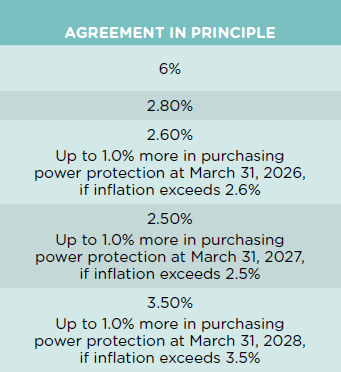

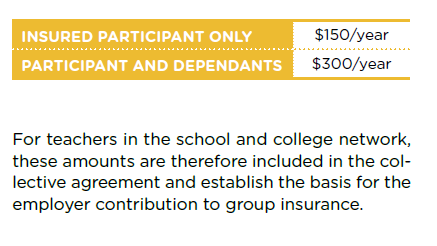
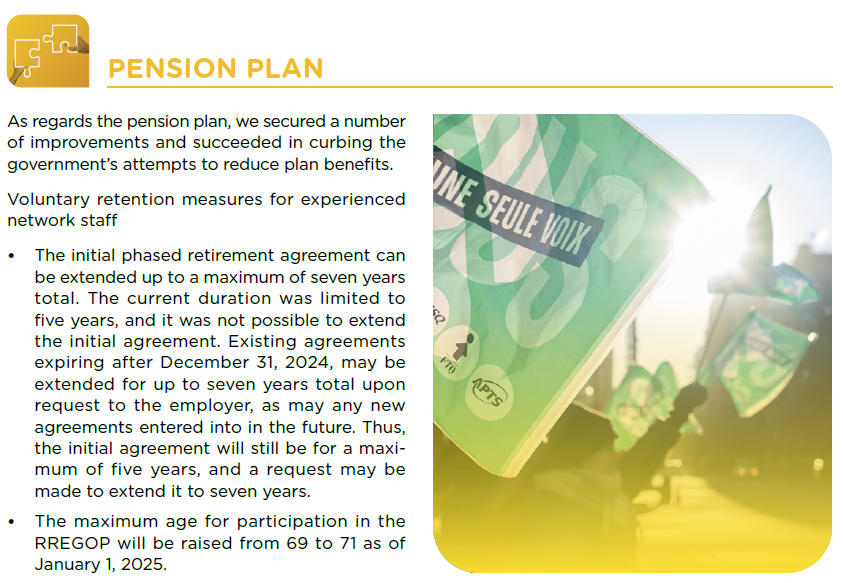
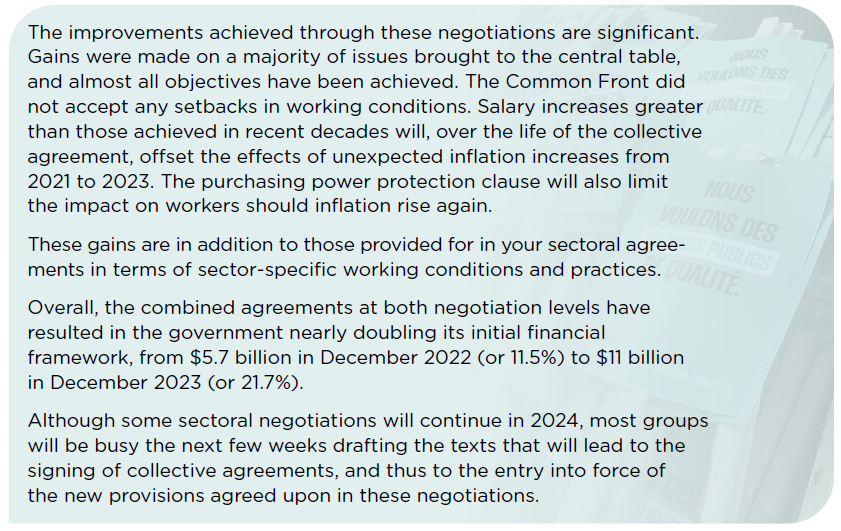
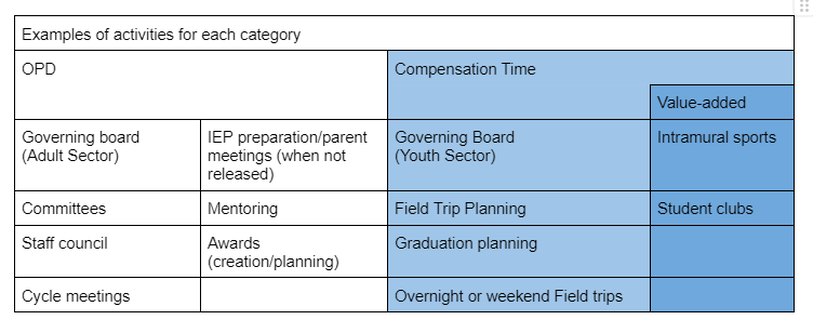

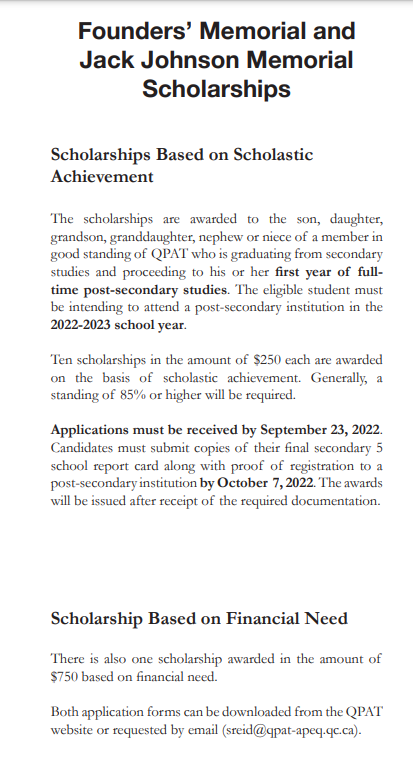
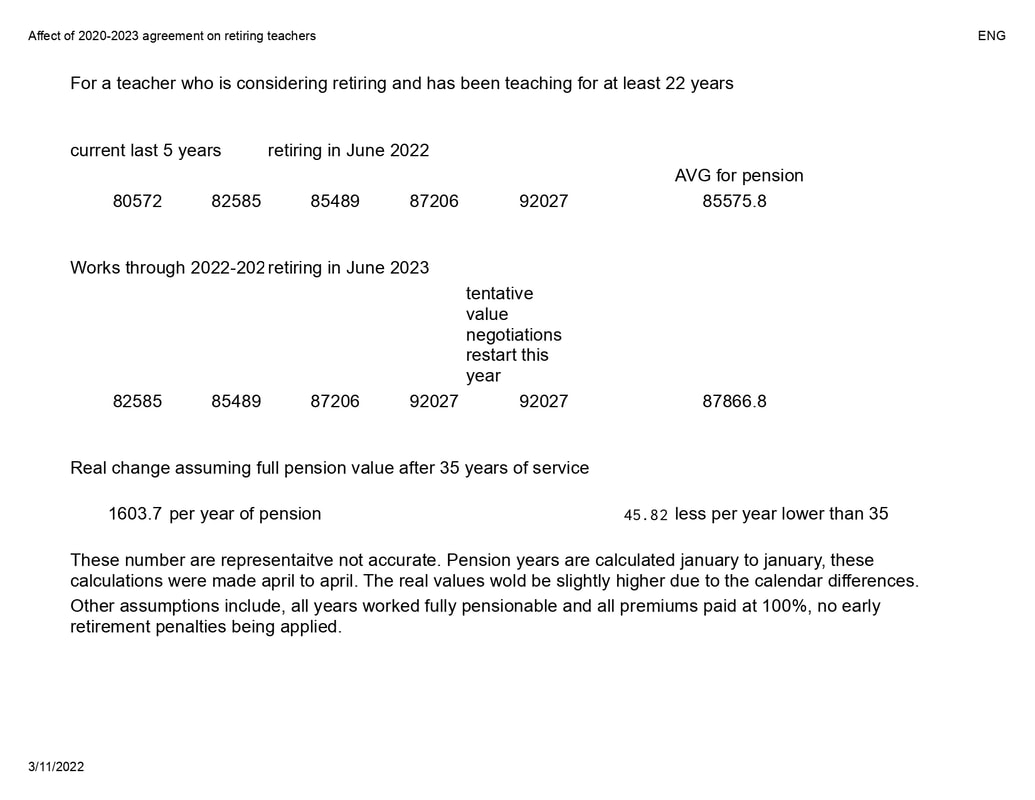

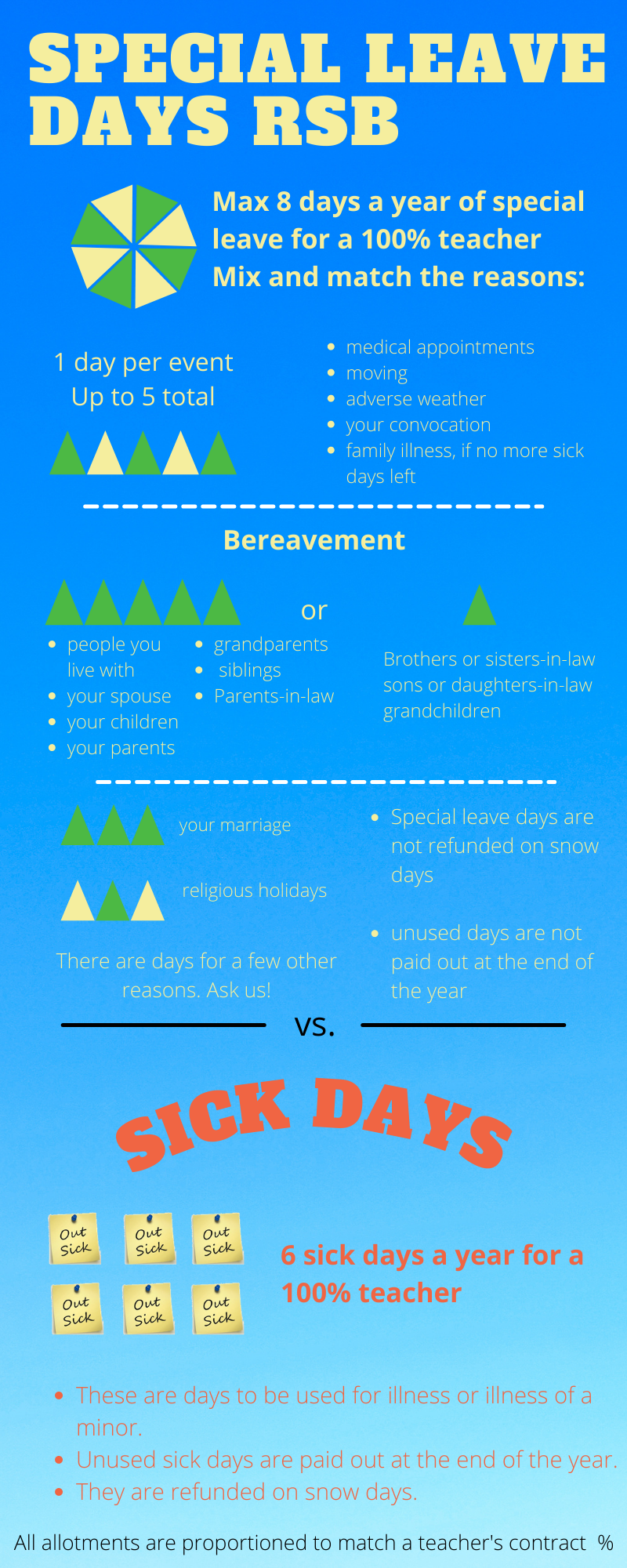
 RSS Feed
RSS Feed